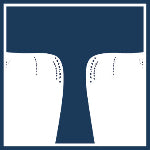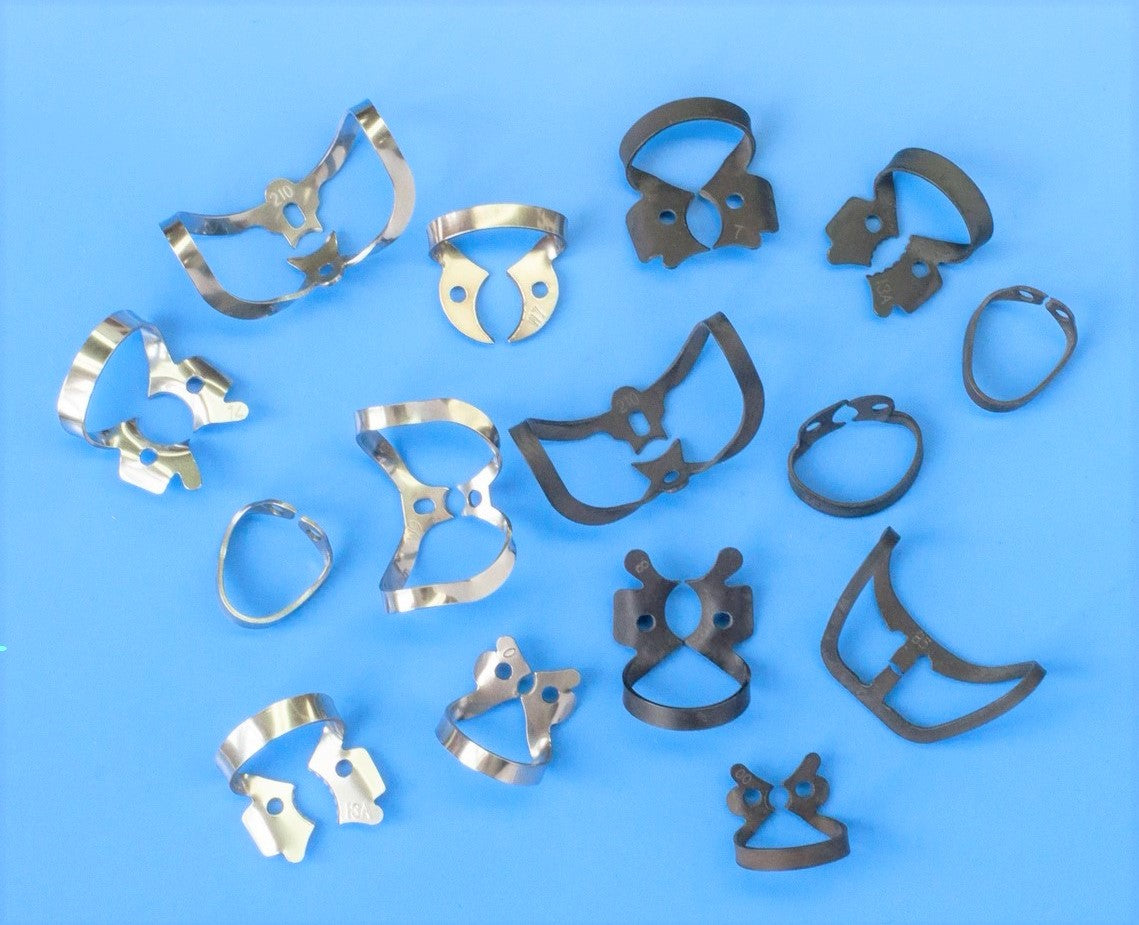The use of dental clamps is a vital step in endodontic procedures and direct restorations. There’s a great variety of them, including: posterior, anterior and deciduous clamps that are all made from stainless steel and either have wings or are wingless. The process of picking out the appropriate clamp can be an overwhelming one, considering the vast shapes, sizes and designs there are. Therefore, it’s important to consider the function of each clamp and to keep the end goal of the restoration in mind. That being said, here are some key points regarding each area that the clamps cover. This information can help narrow down the endless options to the most fitting type of clamp for your specific case:
- Narrow the working field to the desired size
- Have enough strength to hold tension on the rubber band
- Are best for holding the rubber band in place
Posterior clamps
- Mostly used for molars and premolars since they’re wingless
- Some of them have serrated beaks
- Are slightly less powerful
- Provide retraction of the rubber sheet, allowing for visibility and access
Anterior clamps
- Provide excellent isolation for anterior
- Some retract the rubber sheet to the distal which provides additional space
- Are good for anterior work from the palatal aspect
- Could be used on posteriors as well
Deciduous clamps
- For premolars and canines
- Soft springs for children but strong grip
- Compact design for children’s small mouth size
The use of clamps in the restoration process also goes hand in hand with the use of the rubber dam. It should be placed before tooth preparation and is essential as it reduces the risk of infections, allows good visualization of the working field, keeps the gums, cheeks and tongue retracted and hidden under the rubber sheet as well as prevents patients from inhaling the grinding material and small parts that are removed from the fillings. Furthermore, rubber dam inversion prevents the working area from getting flooded with saliva in the middle of the procedure and is a key factor in obtaining a successful restoration.
To conclude, clamps are a crucial tool when isolating and restoring teeth. They must be carefully selected to fit the particular circumstances of the patient, so knowing the main purpose of each clamp or group of clamps is beneficial. Moreover, implementing rubber dam protocol in your dental practice along with the clamps will ensure a safer, easier and a more thorough procedure.

